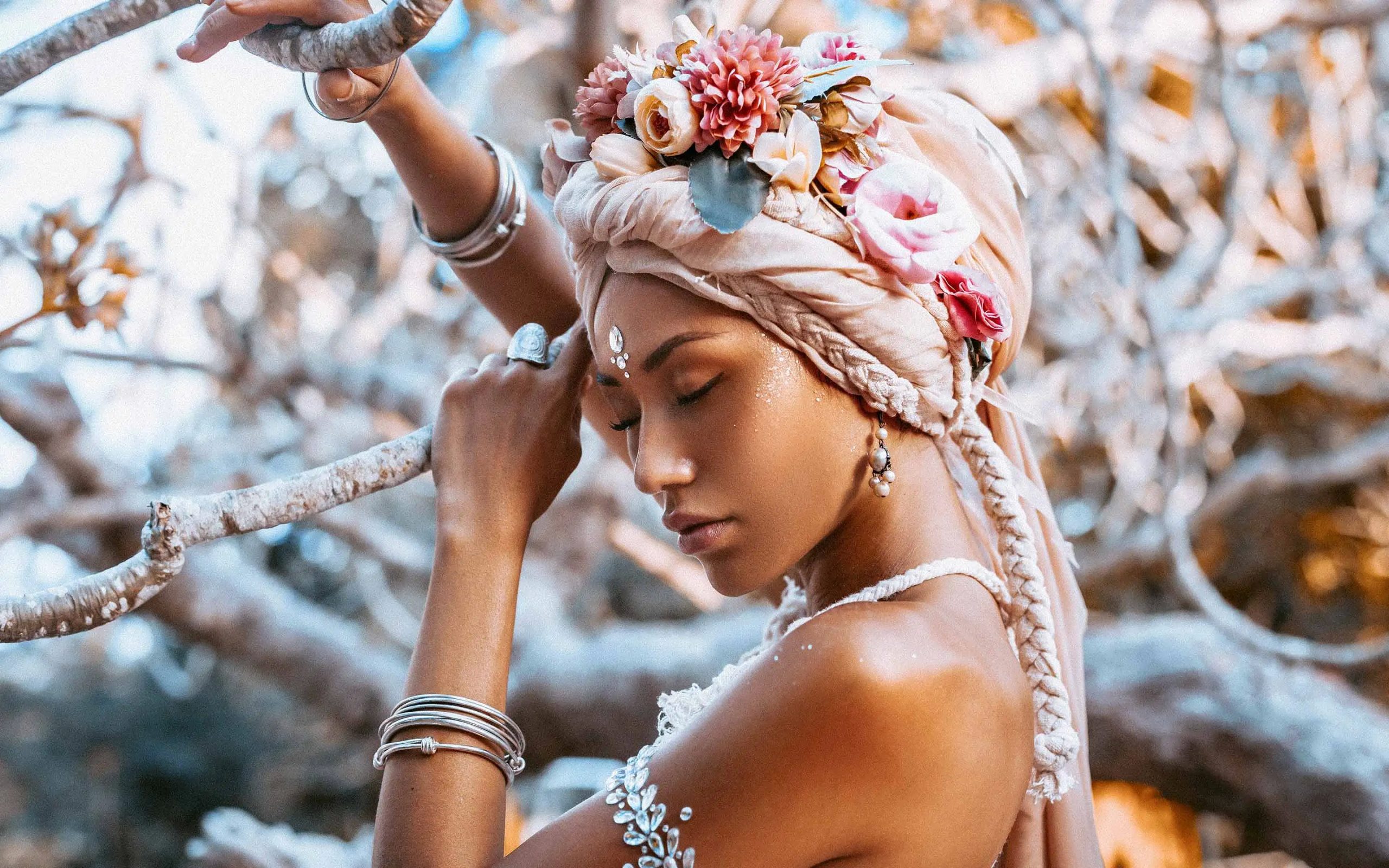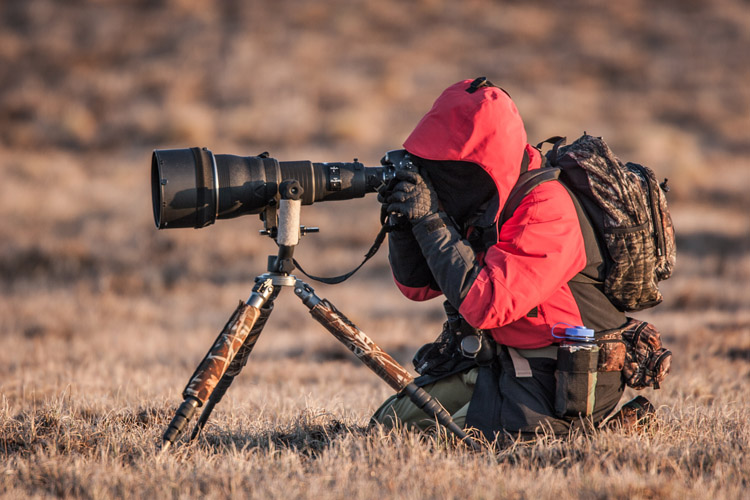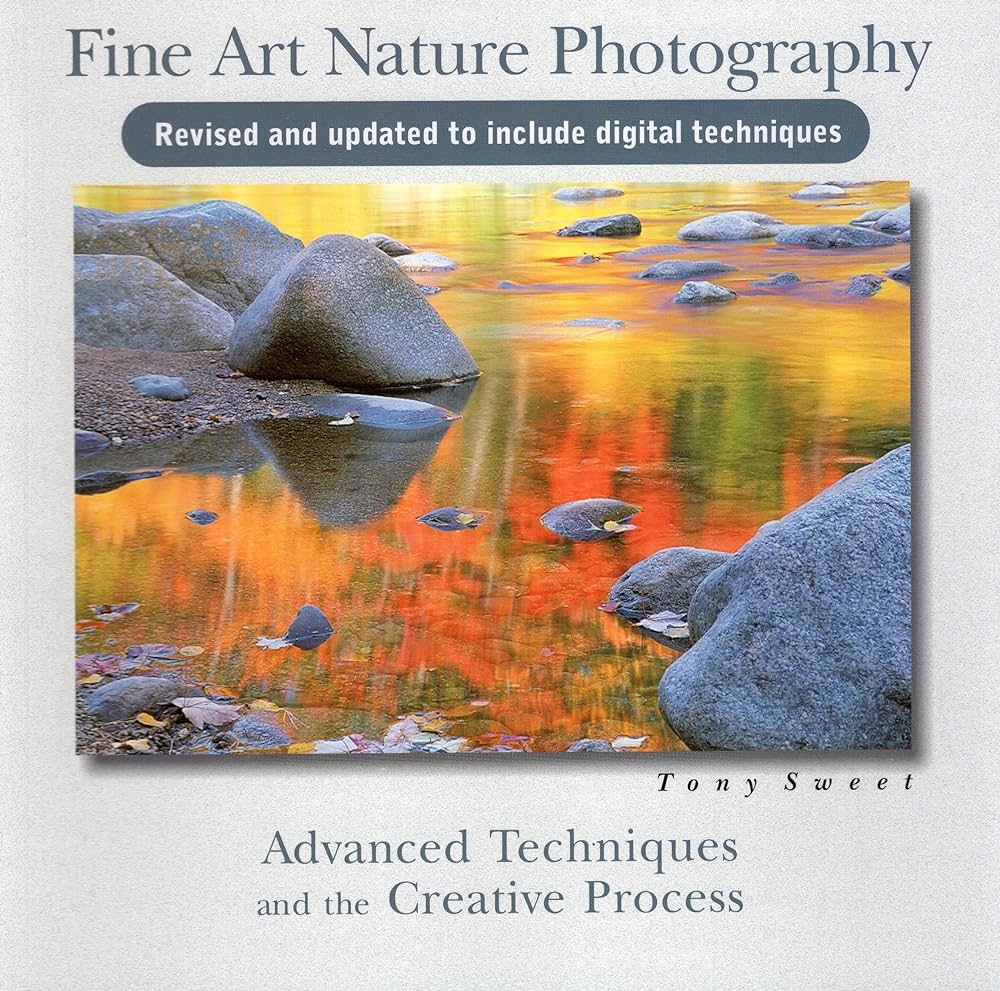The Beauty of Nature Through the Lens: Photography Tips and Tricks
Are you hesitant to capture the beauty of nature through photography because you think it’s too difficult? Don’t worry, we’ve got you covered.
In ‘The Beauty of Nature Through the Lens: Photography Tips and Tricks,’ we’ll provide you with all the guidance you need to create stunning nature photos. From essential equipment to mastering composition techniques, we’ll walk you through each step of the process.
Learn how to capture the perfect lighting and exposure, and discover the secrets to photographing wildlife in their natural habitat. And once you’ve taken your shots, we’ll show you how to enhance them with post-processing techniques.
With our tips and tricks, you’ll be able to showcase the breathtaking beauty of nature through your lens.
Essential Equipment for Nature Photography
To capture stunning images of nature, you’ll need the right equipment for the job. The first essential piece of equipment is a high-quality camera. Look for a DSLR or mirrorless camera that offers manual settings and interchangeable lenses. These cameras allow you to have full control over your settings and capture the smallest details in your shots.
Additionally, invest in a sturdy tripod. This will keep your camera steady and prevent any unwanted blur in your photos, especially when shooting in low light or long exposure situations.
Another important tool is a selection of lenses. A wide-angle lens is perfect for capturing vast landscapes, while a telephoto lens allows you to zoom in on wildlife from a distance.
Don’t forget to pack extra batteries and memory cards. Nature photography often requires long hours in the field, so having backup power and storage is crucial.
Lastly, consider using filters to enhance your images. A polarizing filter can reduce glare and enhance colors, while a neutral density filter can help you achieve long exposure effects.
Mastering Composition Techniques
To master composition techniques and create captivating photographs of nature, focus on the arrangement of elements within your frame. Composition is the art of arranging the different elements in your photograph in a visually pleasing way. It’s about creating balance, leading the viewer’s eye, and telling a story through your image.
One important technique to consider is the rule of thirds. Imagine dividing your frame into a grid of nine equal sections, using two horizontal and two vertical lines. Place your main subject or point of interest along these lines or at their intersections. This will create a more dynamic and visually appealing composition.
Another technique to keep in mind is leading lines. Look for natural lines in your environment, such as roads, rivers, or tree branches, that can guide the viewer’s eye towards your subject. Experiment with different angles and perspectives to add depth and dimension to your photographs.
Remember to simplify your composition by eliminating any distracting elements that don’t contribute to the overall story or message you want to convey.
Lighting and Exposure Tips for Nature Photography
When capturing the beauty of nature through photography, mastering lighting and exposure techniques is essential for creating stunning and breathtaking images. The right lighting can make all the difference in transforming an ordinary scene into something extraordinary.
One important tip is to pay attention to the direction and quality of light. The soft, diffused light of sunrise or sunset can add a warm and ethereal glow to your photos. On the other hand, shooting during the golden hour, which is the hour after sunrise or before sunset, can give your images a beautiful, soft, and warm light.
Another tip is to use the exposure triangle, which consists of aperture, shutter speed, and ISO, to control the exposure of your photos. Adjusting these settings can help you achieve the desired level of brightness and detail. Additionally, it’s important to avoid overexposure by using the histogram on your camera to ensure that the highlights aren’t blown out.
Lastly, don’t be afraid to experiment and play with different lighting conditions. Shooting in different weather conditions, such as fog or rain, can add a unique and dramatic element to your nature photographs.
Mastering lighting and exposure techniques will allow you to capture the true beauty of nature and create images that evoke emotion and awe.
Capturing Wildlife in Their Natural Habitat
Mastering lighting and exposure techniques is crucial for capturing the beauty of nature through photography, and this is especially true when it comes to capturing wildlife in their natural habitat. To truly capture the essence of these magnificent creatures, you need to understand how to work with the available lighting conditions and set the exposure accordingly.
When photographing wildlife, it’s important to consider the time of day. Early morning and late afternoon are usually the best times to capture them in their natural habitat. The soft, warm light during these times enhances the natural beauty of the wildlife and creates a more pleasing and atmospheric image.
Another important aspect to consider is the direction of light. Side lighting can add depth and dimension to your photographs, highlighting the textures and details of the animals. Backlighting can create a beautiful halo effect, especially when the light filters through the fur or feathers.
It is also crucial to understand how exposure affects the final image. Wildlife photography often involves fast-moving subjects, so using a fast shutter speed is essential to freeze their motion. Additionally, understanding how to balance exposure to avoid overexposed highlights or underexposed shadows will help you achieve a well-exposed image.
Post-Processing Techniques for Stunning Nature Photos
One key aspect of capturing stunning nature photos is utilizing post-processing techniques to enhance the beauty of your images. Post-processing refers to the editing and manipulation of photographs after they’ve been taken. With the right techniques, you can take your nature photos from good to breathtaking.
One of the most important post-processing techniques for nature photos is adjusting the exposure. Sometimes, the camera doesn’t capture the scene exactly as you saw it, and adjusting the exposure can help bring out the details and colors. You can also use the cropping tool to improve the composition of your photos. By removing distracting elements or changing the aspect ratio, you can create a more pleasing image.
Another useful technique is enhancing the colors in your nature photos. You can adjust the saturation and vibrance to make the colors pop, or use selective color adjustments to bring out specific hues. Additionally, you can apply sharpening techniques to make the details in your photos appear crisper and more defined.
Lastly, don’t be afraid to experiment with different filters and presets. These can help you achieve a specific mood or style in your nature photos. Whether you prefer a soft and dreamy look or a bold and vibrant aesthetic, there are plenty of filters and presets available to help you achieve the desired effect.
Frequently Asked Questions
How Can I Protect My Camera Equipment From the Elements While Shooting in Nature?
You can protect your camera equipment from the elements while shooting in nature by using a weatherproof camera bag, keeping a rain cover handy, and using lens hoods to shield from sun glare.
Are There Any Specific Settings I Should Use on My Camera to Capture the Beauty of a Sunset in Nature?
To capture the beauty of a sunset in nature, use the following camera settings: a low ISO for less noise, a wide aperture for a shallow depth of field, and a slower shutter speed to capture the vibrant colors and soft light.
What Are Some Tips for Photographing Flowers and Plants in Macro Mode?
To capture the intricate details of flowers and plants in macro mode, adjust your camera settings for a shallow depth of field, allowing the subject to stand out. Use natural lighting and a tripod for stability.
How Do I Deal With Challenging Lighting Conditions, Such as Shooting in the Middle of the Day or in Low Light Situations?
When dealing with challenging lighting conditions, like shooting in the middle of the day or in low light situations, you can adjust your camera settings, use a tripod, or try using natural reflectors to achieve better results.
Can You Recommend Any Software or Apps for Post-Processing Nature Photos to Enhance Their Colors and Details?
You can enhance the colors and details of your nature photos using software or apps. They offer various tools and filters to make your images pop. Try experimenting with different ones to find your favorite.
Conclusion
In conclusion, capturing the beauty of nature through photography requires essential equipment, mastery of composition techniques, and knowledge of lighting and exposure.
It also involves the skill to capture wildlife in their natural habitat and the use of post-processing techniques.
With these tips and tricks, you can create stunning nature photos that t her explanation ruly showcase the wonders of the natural world.
So grab your camera, explore the outdoors, and let your creativity shine through your lens.

Welcome to my website! My name is Oscar Mullan, and I am a passionate Campsite Interior Designer. With a deep love for nature and a keen eye for design, I have dedicated my career to creating elegant camping experiences that seamlessly blend luxury, sustainability, and outdoor wellness.



